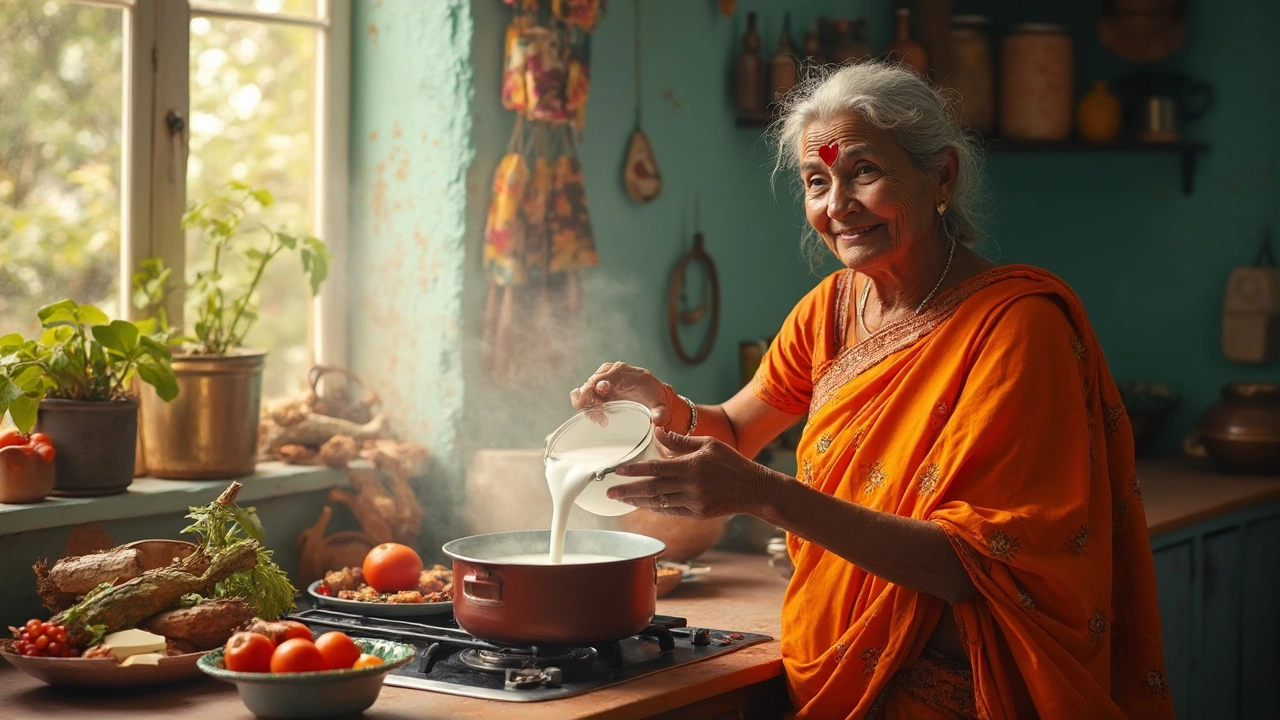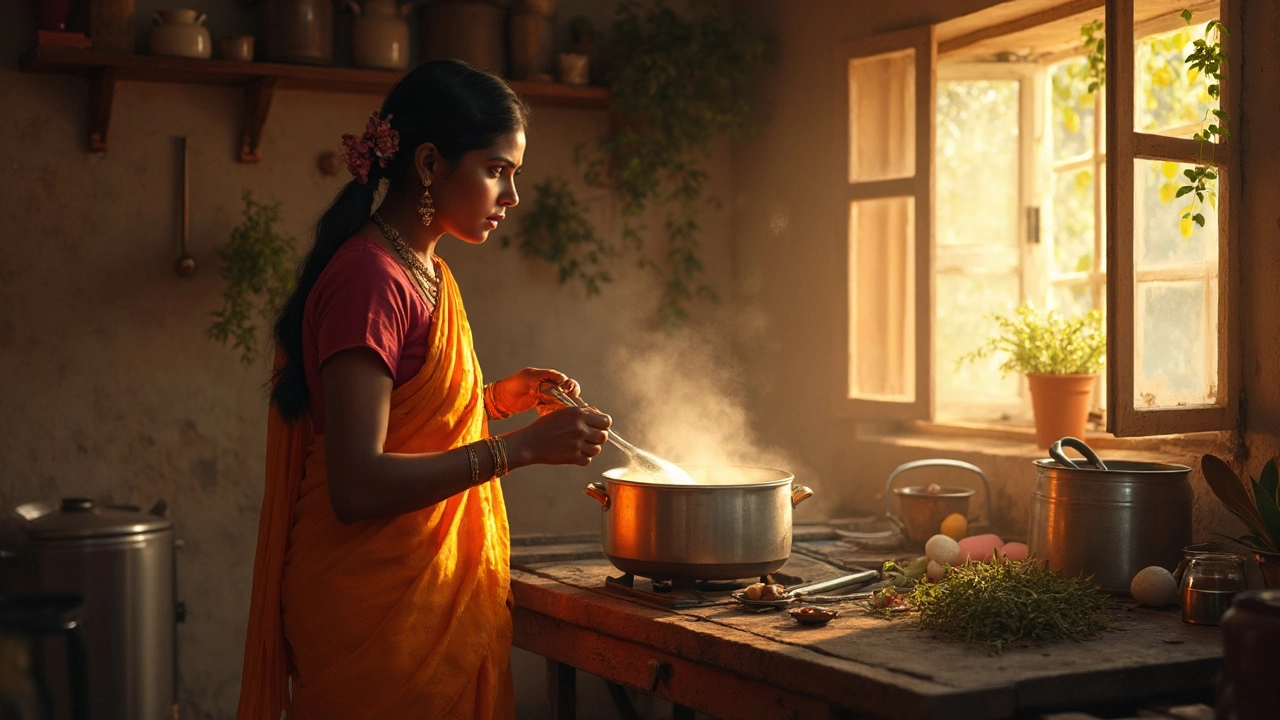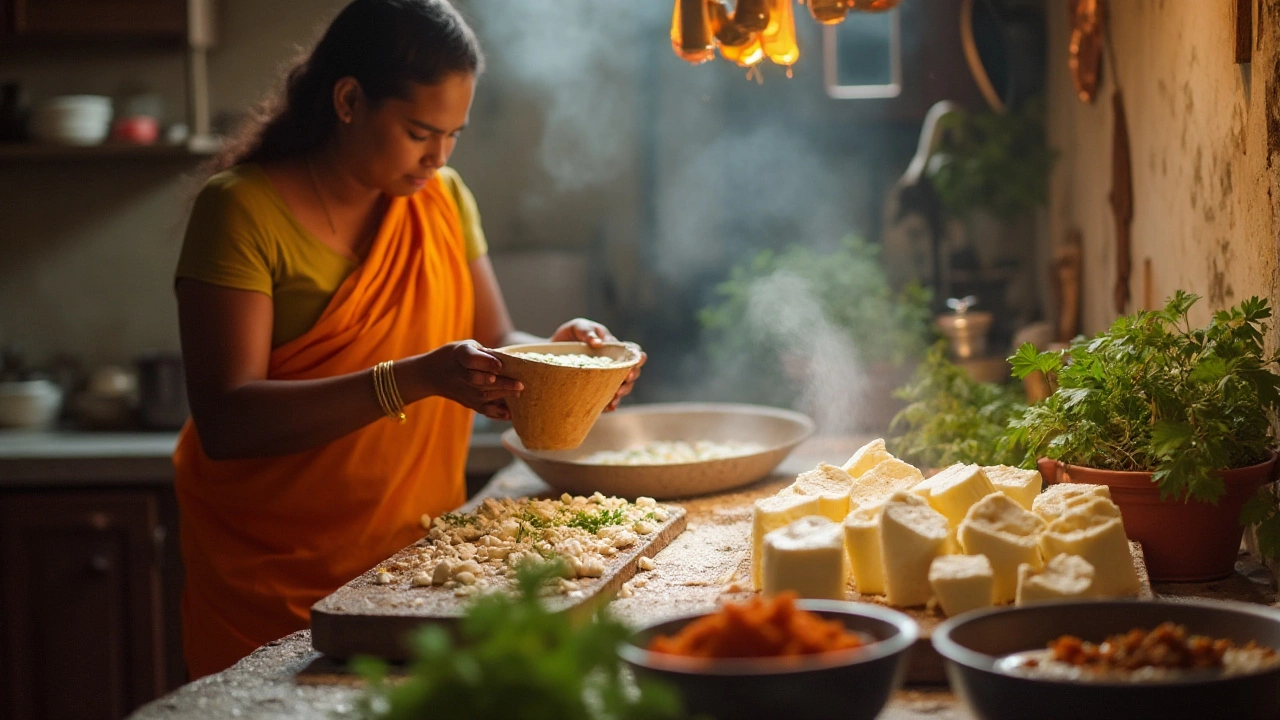Paneer and Cheese: Home‑Made Tips, Troubleshooting & Comparisons
When working with Paneer, a fresh Indian cheese made by curdling milk with an acid and pressing the curds. Also known as Indian cottage cheese, it is a staple in many regional dishes. Knowing how it behaves helps you turn a simple pot of Milk, the liquid dairy base that turns into paneer when heated and acidified into soft, melt‑in‑your‑mouth cubes. Whether you’re a first‑timer or a seasoned home‑chef, the core steps stay the same: heat, sour, press, and store.
One of the biggest roadblocks beginners hit is a stubborn lack of curdling. Paneer requires the milk proteins to clump together, and that only happens when the right temperature and acidity meet. If the milk never forms curds, you’ll end up with a sweet‑tasting stew instead of cheese. The science is simple: heating milk to around 90‑95 °C unfolds the casein proteins, and adding an acid—like lemon juice or vinegar—drops the pH, causing the proteins to bind and separate from whey. This relationship—Paneer requires curdling milk—is the foundation of every successful batch.
Common Pitfalls and How to Fix Them
First, check your milk quality. Full‑fat, non‑ultra‑pasteurised milk gives the richest texture; low‑fat or ultra‑high‑temperature (UHT) milk often yields a grainy result because the proteins have already been altered. Second, monitor the temperature with a reliable thermometer; too low and the proteins won’t unfold, too high and you risk scorching, which adds bitterness. Third, choose the right acid amount. A common mistake is adding too much at once, which can cause the curds to form too quickly and become rubbery. Instead, drizzle the acid slowly while stirring, letting the curdling process happen gradually.
Another subtle issue is pressing time. Pressing the curds for too long squeezes out moisture and makes the paneer dry; too little press and the cheese stays crumbly. A good rule of thumb is 20‑30 minutes under moderate weight—about a kilogram per kilogram of curds. This pressure balance ensures a firm yet tender bite, perfect for grilling, frying, or cubing into gravies.
Beyond troubleshooting, many home cooks wonder how paneer stacks up against other plant‑based proteins. Tofu, a soy‑derived cheese with a delicate, sponge‑like texture often enters the conversation. While tofu absorbs flavors quickly, paneer holds its shape and offers a buttery mouthfeel that works especially well in rich, tomato‑based sauces. The comparison—Paneer vs tofu influences vegetarian protein choices—helps you decide which ingredient fits your recipe, dietary preference, or texture goal.
For those who love experimenting, homemade paneer opens doors to flavored variations. Adding herbs like mint or coriander to the hot milk before curdling infuses subtle aromatics into the cheese. You can also mix spices such as crushed pepper or smoked paprika into the curds before pressing for a quick spice‑rubbed snack. These little tweaks make the cheese feel custom‑made for the dish you’re planning, whether it’s a classic palak paneer or a modern paneer tikka wrap.
Storage is another practical concern. Fresh paneer keeps best in the refrigerator for up to three days, stored in a shallow container of cold water to maintain moisture. If you need a longer shelf‑life, freeze the cheese in airtight bags; it will last for about a month, though the texture becomes slightly crumbly—ideal for crumbling into curries after thawing.
Now that you’ve got the fundamentals, here’s how the pieces fit together: Paneer encompasses fresh cheese made from curdled milk, requires careful temperature control, and benefits from proper pressing. Tofu influences vegetarian protein choices, offering a softer alternative to paneer’s dense bite. Understanding these connections lets you troubleshoot quickly and experiment confidently.
The articles below walk through each of these steps in detail. You’ll find a step‑by‑step homemade paneer recipe, a deep dive into why your milk might not be curdling, a checklist of common mistakes, and a side‑by‑side taste test of paneer versus tofu. Whether you’re chasing that perfect soft texture or need a quick fix for a curdling mishap, the collection offers actionable insights you can try tonight.
Ready to turn a simple pot of milk into a versatile cheese that can star in curries, grills, or salads? Scroll down and discover the full range of guides, tips, and comparisons that will turn your kitchen into a paneer‑making workshop.
How Paneer is Made from Scratch: Step-by-Step Homemade Recipe
Want fresh paneer without stepping out? This article breaks down the surprisingly simple process of making paneer at home, using ingredients you probably already have. It covers the essential steps, from curdling the milk to pressing the cheese, plus tips for softer, richer results. You'll also get practical advice for storage and recipe ideas to put your homemade paneer to use. Even first-timers can pull this off and wow the family with fresh, melt-in-your-mouth paneer.
Read moreWhy Is My Paneer Not Curdling?
Making paneer at home is satisfying, but it can be frustrating when the milk doesn't curdle as expected. Understanding both the science behind the process and some practical tips can help. This guide explores common obstacles and simple adjustments to ensure your milk curdles perfectly every time. Say goodbye to paneer mishaps with these insights.
Read moreWhy Your Milk Isn't Turning Into Paneer: Common Mistakes
Turning milk into paneer is a simple process, but it can go wrong for various reasons. Learn why your milk might not be curdling correctly and how to fix it. From milk type to the temperature, get practical tips to ensure your paneer turns out perfect every time. No more kitchen mishaps—make delicious homemade paneer with these easy insights.
Read morePaneer vs Tofu: A Delicious Comparison
The age-old debate between paneer and tofu brings forth flavors, textures, and culinary versatility. Each has its roots and places in dishes worldwide, catering to different dietary needs and preferences. This article delves into the essence of these popular cheese alternatives, exploring their unique characteristics and offering tips for crafting authentic homemade paneer. Discover how to enhance your culinary creations by understanding these ingredients better.
Read more


